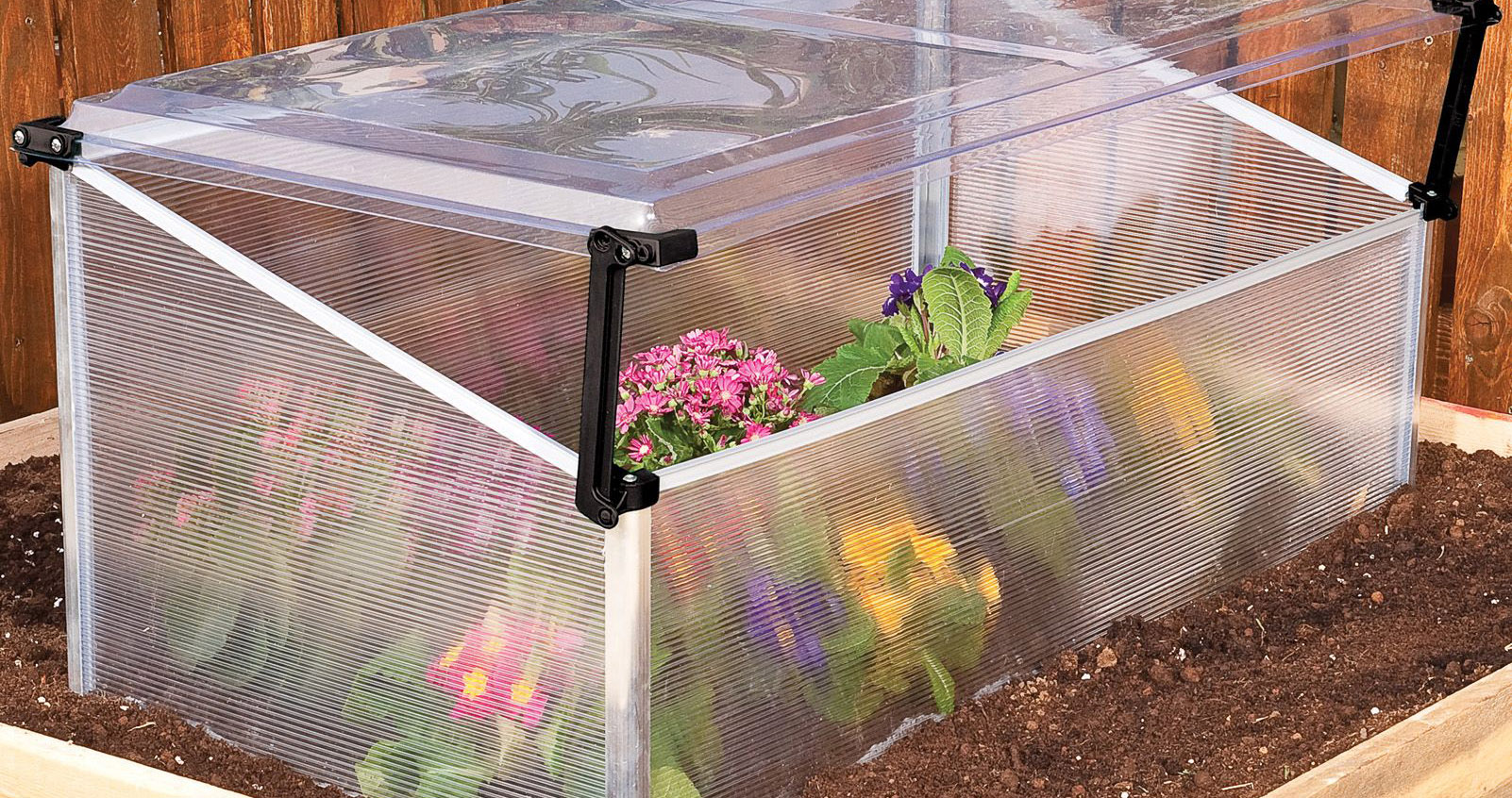Recently I posted a video demonstrating how to build a PVC hoop house that will help extend your growing season. In this article, I’ll give a few more tips about extending your season and maximizing the benefits to your hoop house.
Seasonal Crops
While your hoop house will protect your crops from extreme temperature change, temperatures will still drop even inside. But more importantly the days will be shortening and not all crops can handle the decrease in sunlight. Leafy greens, carrots, and green onions are examples of crops that cope well with shortening days.
Layers
For those that live in a higher zone, one layer of cover will be plenty, but if you live in a colder zone or are expecting unusually low temperatures you might want to add another layer of protection without your hoop house such as low tunnel or a cold frame.
Vent
Alternately, in warmer weather, your hoop house could actually produce temperatures that are too high for cold crops if you do not vent it. Simply lifting the plastic on opposite ends of the hoop house should do the trick.
Avoid Containers
The less mass an object has the quicker it will lose temperature. If you are in a cold zone, crops in containers can freeze even under a hoop house while soil in beds or rows remains above freezing.
Water Carefully
With shorter days comes less evaporation, which will mean that your plants require less water. Water you plants only when the soil surface has dried out and when you are not expecting temperatures to drop below freezing.
Decreased production is unavoidable as winter closes in. But that doesn’t mean that your garden has to shut down. Depending on your zone, you may be able to continue growing food year round with a hoop house and these simple tips.
If you liked this, you might also enjoy…

